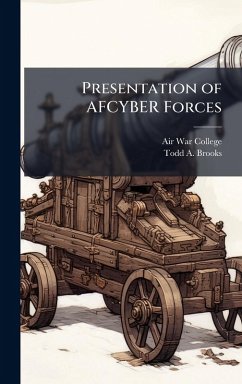The future Air Force as part of the Joint Force, in close coordination with multi-national, interagency, and non-government partners, will operate in a complex and uncertain global security environment in which adversaries will seek to apply asymmetric threats to perceived vulnerabilities. International organizations, nation states, rogue states and terrorist organizations are prominent actors in this environment. Taken together, these have led to a shift in the characteristics of joint warfare and crisis resolution. By extension, the Air Force and Joint Force's role in this security environment have changed, especially with regards to cyberspace.2 In 2003, the President of the United States published the National Strategy to Secure Cyberspace as a first step in recognizing the importance of cyberspace to the United States nation interests. As noted in this document, "The way business is transacted, government operates, and national defense is conducted have changed. These activities now rely on an interdependent network of information technology infrastructure called cyberspace. The policy of the Untied States is to protect against the debilitating disruption of information system operations for critical infrastructure and, thereby help to protect the people, economy, and national security of the United States." This work has been selected by scholars as being culturally important, and is part of the knowledge base of civilization as we know it. This work was reproduced from the original artifact, and remains as true to the original work as possible. Therefore, you will see the original copyright references, library stamps (as most of these works have been housed in our most important libraries around the world), and other notations in the work. This work is in the public domain in the United States of America, and possibly other nations. Within the United States, you may freely copy and distribute this work, as no entity (individual or corporate) has a copyright on the body of the work. As a reproduction of a historical artifact, this work may contain missing or blurred pages, poor pictures, errant marks, etc. Scholars believe, and we concur, that this work is important enough to be preserved, reproduced, and made generally available to the public. We appreciate your support of the preservation process, and thank you for being an important part of keeping this knowledge alive and relevant.
Bitte wählen Sie Ihr Anliegen aus.
Rechnungen
Retourenschein anfordern
Bestellstatus
Storno

